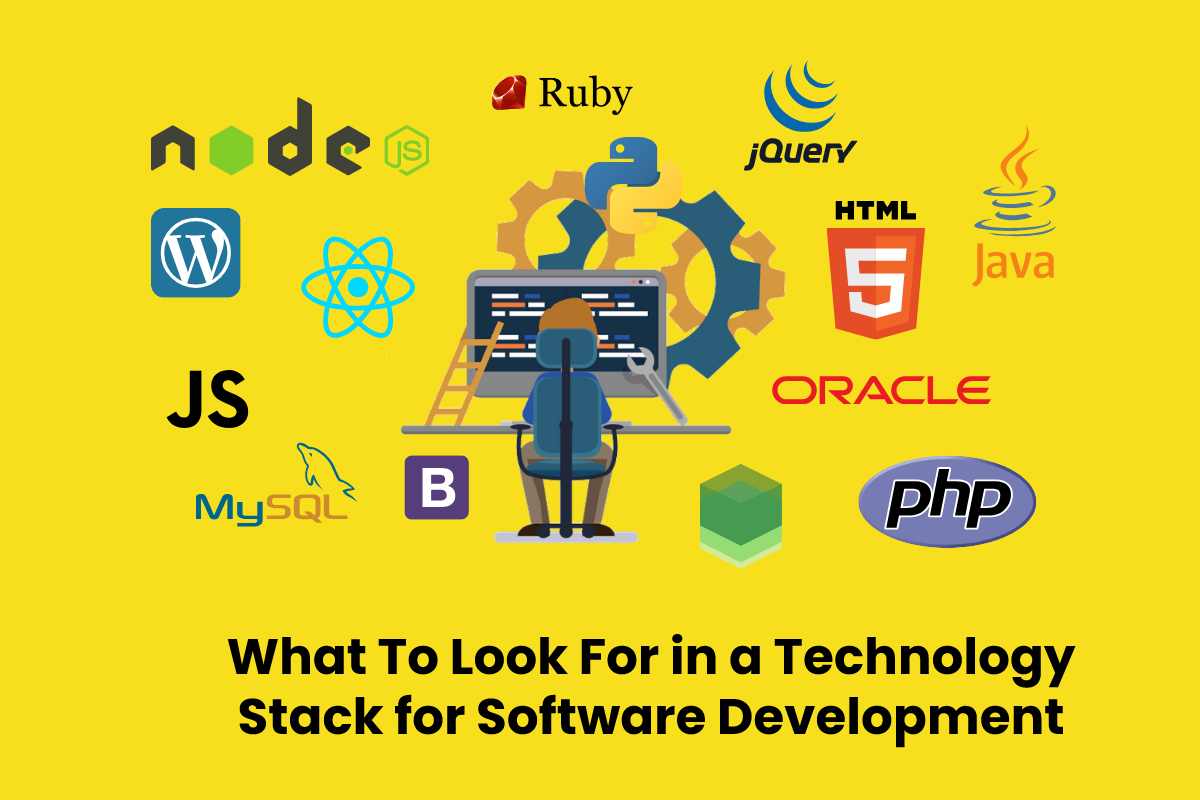To Look For in a Technology Stack for Software Development
Choosing the right technology stack for your software development project is key to its success. Many factors go into this selection process, including a budget, timelines, team composition, etc. This blog post will dive into essential considerations when choosing a technology stack for your next software development project.
Table of Contents
1. Scalable and Extensible Software
Scalable and extensible software is designed to grow and evolve without losing its core functionality. The idea behind scalability is that you can build a piece of software today and then add more features tomorrow without having to redesign or reinvent the entire thing. Extensibility refers to how easy it is to add new features or modify existing ones.
For example, JFrog offers extensive DevOps tools that allow you to manage your software development lifecycle, from building to deploying and monitoring. This means you can scale up your software team when needed without worrying about running out of resources or losing the ability to create new features.
You’ll want your technology stack for software development to be scalable because it will make your team more efficient in the long run—and help keep costs down as well. Imagine if you had to start from scratch every time you added something new to your product! Instead, if you have an extensible platform that allows for quick changes, adding new features will be much easier for everyone involved (including your customers).
2. Reliable Code Framework
When looking for a reliable code framework, remember that it’s more of a set of rules and standards. The idea is to find something that will help you build your application with the least effort.
Many developers have their approach, but this can be difficult because every project has different requirements and needs. A good code framework should be responsive to the requirements and needs of each project while providing flexibility so that it can grow along with the app as it changes over time.
3. Unmatched Security Standards
As a business, it’s crucial to have security standards that are well-defined and easily met by your technology stack. This can be done by defining the requirements of your system and then looking at industry best practices to accomplish that goal.
For example, suppose you want to prevent data breaches or protect user information from hackers. In that case, it makes sense for the industry standard to be based on the latest encryption algorithms and two-factor authentication methods.
You should also consider whether there are additional security needs specific to your business model or application—for example, if you operate an eCommerce website or mobile application with lots of user registration data stored in databases on servers in various locations around the world (e.g., Amazon). Do these kinds of considerations make sense to you? If so, choosing a tech stack that supports those standards would be necessary when deciding which technologies will work best within your organization’s internal systems architecture strategy.
4. Ability to Quickly Deploy Changes
In a world where technology is becoming more and more crucial to business success, you need to be able to deploy changes quickly. You need to be able to make changes without disrupting the user experience and without affecting other parts of your system.
This is hard. The technology stack you choose significantly impacts how easy or difficult it will be for you to deploy new features as quickly as possible, with minimal risk of bugs or errors in production (or “customer-facing” infrastructure).
5. Ease of Use & Maintenance
When evaluating a technology stack, look for the ability to modify code. If the code is not open-source and it’s challenging to add new features, your business will have difficulty keeping up with competitors and gaining market share.
You should also consider how easy it is to fix bugs or update existing features as part of the evaluation process. Suppose you’re trying to develop software on an outdated platform that doesn’t allow for easy modification or updates. In that case, you could be stuck working on antiquated workflows and tools long after they’ve become obsolete in the industry.
Finally, consider how easily your development team can support new technologies if they become necessary additions rather than old, outdated systems that were never designed with such use cases in mind in the first place!
Conclusion
The world of software development is constantly changing and evolving. From new programming languages and frameworks to new design and user experience trends. It’s essential to stay up-to-date with all these changes so you can provide your clients with the best possible solution for their needs. Many different things go into choosing the right stack for your project, but by following these five tips, we hope you can find one that works best for your needs!

